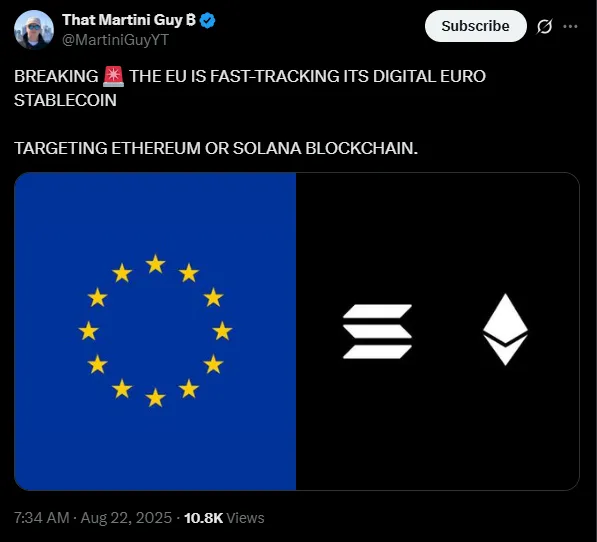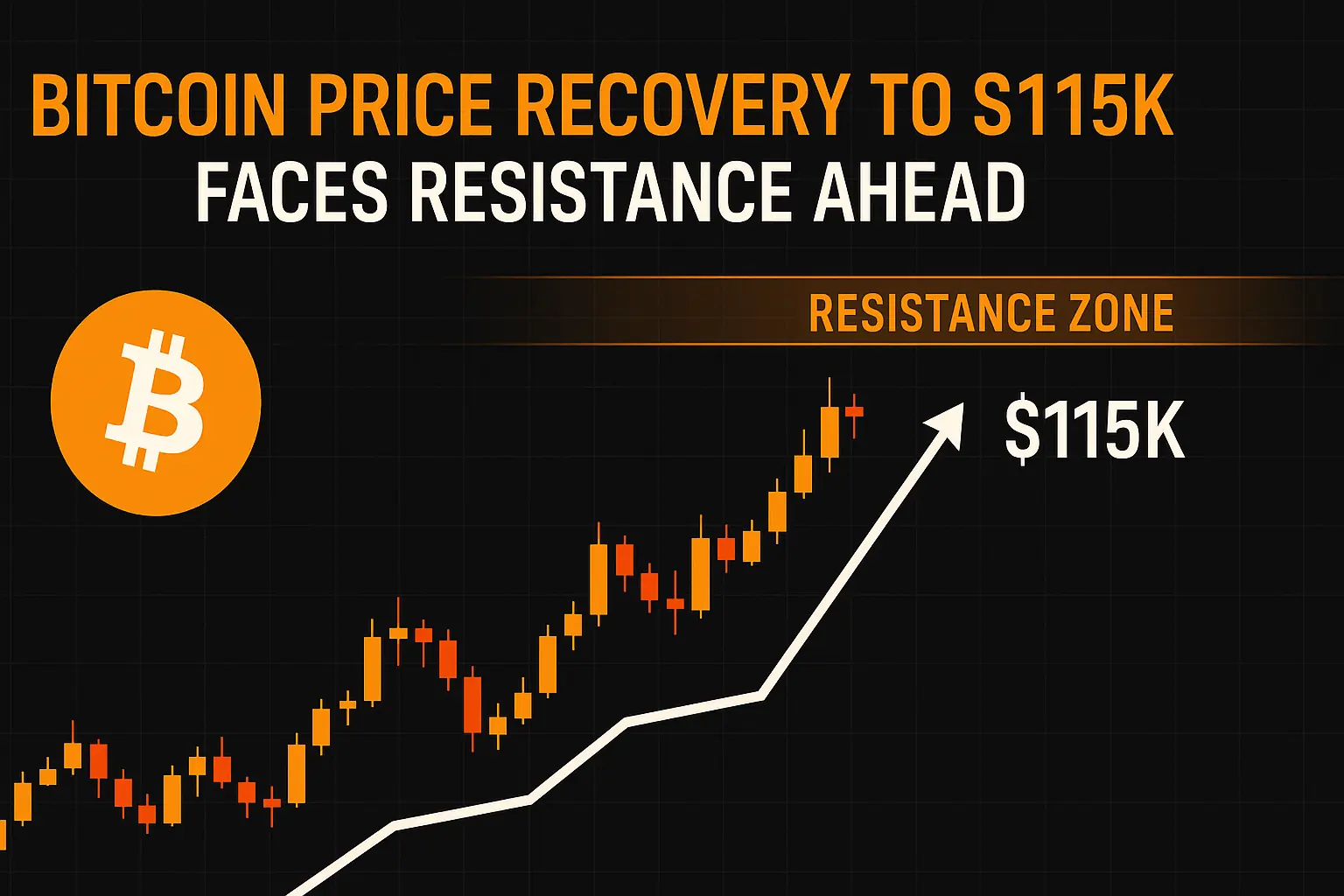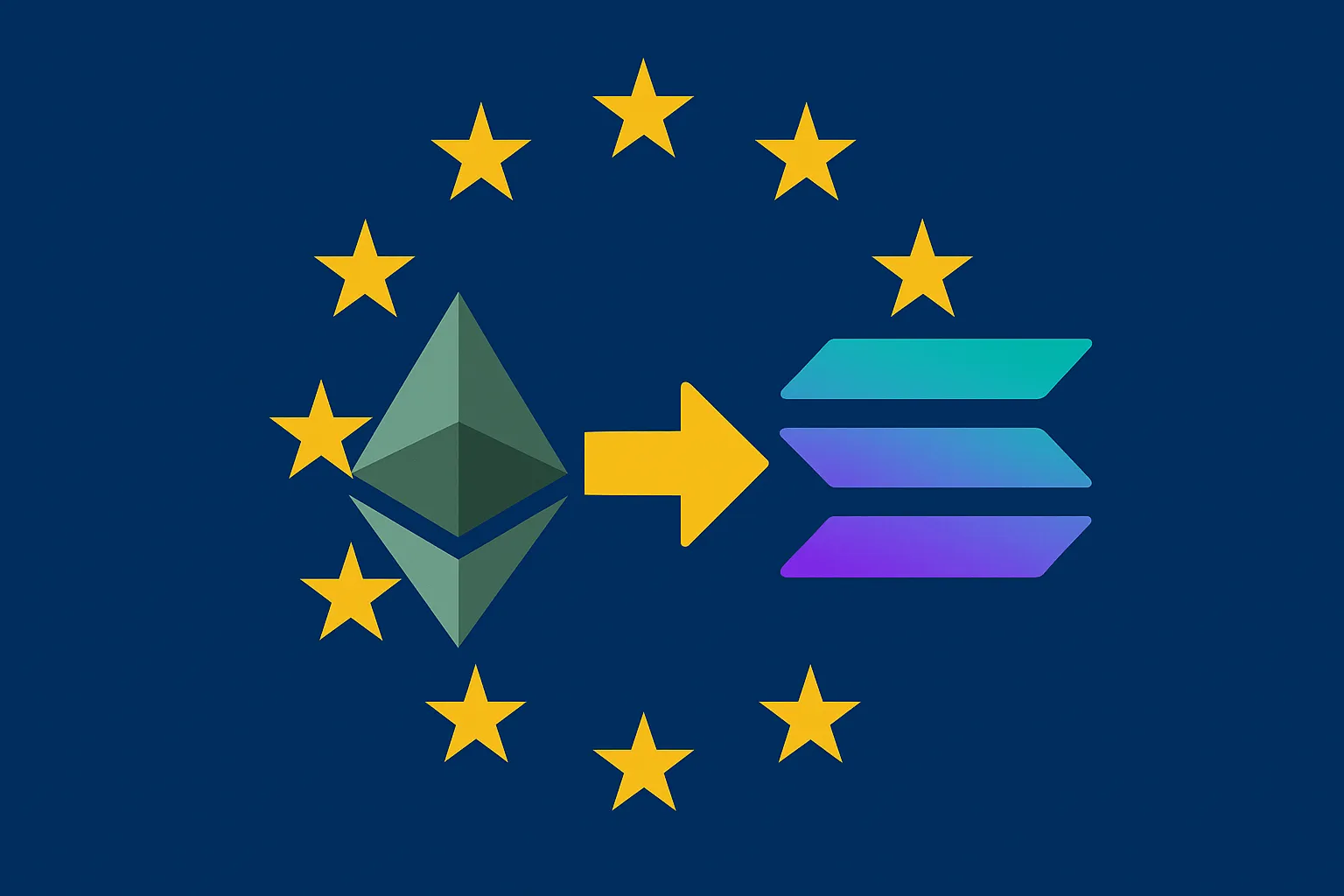Key Insights
- The EU is looking into Ethereum and Solana as platforms for launching the digital euro.
- With this move, policymakers are attempting to counter the rise of U.S. dollar-backed stablecoins.
- The ECB faces a few tough choices regarding privacy, adoption, and financial sovereignty.
The digital euro project has entered a new phase. Also, the European Union (EU) is now considering major public blockchains like Ethereum and Solana to power its rollout.
The European Central Bank (ECB) is now moving faster than before. This happens amid mounting pressure from the U.S. stablecoins and their dominance in international markets.
While the digital euro was once regarded as a slow and long-term experiment, policymakers now see it as urgent.
Digital Euro Faces Public vs. Private Dilemma
One of the biggest aspects of this project is the debate over the technology to be used. Early drafts leaned towards a private system controlled by the ECB and national banks.
If this design is implemented, it would ensure full oversight and tighter control over spending data. However, critics warn that this approach would resemble China’s closed CBDC. It has major question marks in terms of transparency and slowed-down adoption.
Because of this dilemma, EU officials are taking public chains like Ethereum and Solana more seriously.

These networks are open, accessible to all, and are already home to several other apps and developers. This means running the digital euro on them could allow instant cross-border payments and easier use in decentralised finance.
Yet there are a few challenges to be considered. Public blockchains mean more transaction data will be exposed, leading to privacy concerns.
Because of the strengths (and pitfalls) of both sides of the argument, the EU is considering a hybrid approach to things.
Why the Digital Euro Is Urgent Now
The push for the digital euro has gained traction because of the rise of dollar-backed stablecoins. Over in the U.S., companies like Circle have seen success with regulated assets tied to the dollar.
Meanwhile, U.S. lawmakers recently passed the GENIUS Act. This is giving their local digital assets an edge compared to international alternatives.
European officials are worried that this could weaken the euro’s position. If dollar stablecoins continue to dominate cross-border payments, Europe risks losing its financial independence. That allows the US’s policies to control the movements of digital money worldwide.
ECB executive board member Piero Cipollone called for reducing stablecoin use in Europe by creating a digital euro in April. He pointed out the risk of over-reliance on dollar-backed tokens, which account for 98% of the total stablecoin market.
What Is at Stake for the Digital Euro?
The digital euro is not only about faster payments. It is also a tool to protect Europe’s sovereignty in the financial sense. If stablecoins issued abroad continue to gain ground, local banks and regulators could lose control over liquidity.
Public blockchains also provide transparency, but can be hard to use regarding user privacy. Meanwhile, ECB President Christine Lagarde has urged lawmakers to move quickly.
She warned that unregulated stablecoins could drain deposits from banks during crises, which would be problematic in any weather.. At the same time, the EU is finalizing its Markets in Crypto-Assets (MiCA) framework.
Despite internal debates, this law will regulate stablecoins and other digital assets across Europe. Some policymakers want stricter limits to protect banks. On the other hand, others argue that too many restrictions could drive users toward foreign alternatives.
The Road Ahead for the Digital Euro
Over the next few months, the EU will make several decisions about the digital euro. These include the legal framework and the technology stack that will power it.
The choice between public, private, or hybrid models will shape the future of stablecoin adoption. This decision will influence its reception across Europe and globally.
What was once a slow-moving project has now become a race. The EU knows that hesitation can quickly leave the Euro behind the dollar. Also, it uses the digital Euro to protect against Europe’s dominance.

Ekaterina Sokolova is known for her dynamic coverage of cryptocurrency markets and blockchain advancements. Her articles, featured in several prominent digital outlets, combine thorough research with a clear presentation style that demystifies complex technological trends for her readers.






